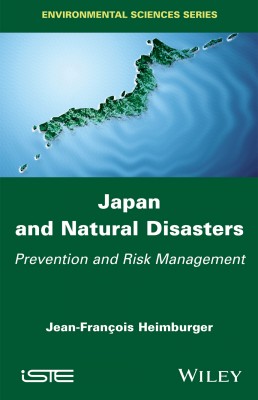
Due to numerous geographical factors, Japan is exposed to a number of natural risks which occasionally turn into catastrophes. For a long time, Japan has been developing measures to reduce its vulnerability and is now considered a world leader in disaster prevention and management.
Despite this, numerous recent events have highlighted a series of difficulties and shortcomings. Among them, the Kobe (1995) and Kumamoto (2016) earthquakes, the 2011 Tohoku earthquake and tsunami, landslides in Hiroshima in 2014, the volcanic eruption of Mount Ontake the same year, and the heavy rainfall in the north of Kyushu in 2017.
Japan and Natural Disasters draws on numerous interviews, field surveys and written sources, primarily of Japanese origin, to present a thorough analysis of the natural risks in Japan. By questioning widely accepted views on the issue, the author exposes a diverse range of elements key to understanding the challenges faced by the country.
Part 1. Hazards, Risks and Disasters
1. From Hazard to Disaster.
2. Earth and Fire.
3. Air and Water.
Part 2. Risk Management
4. Disaster Prevention.
5. Risk Mitigation.
6. Disaster Preparedness.
7. Prediction, Monitoring, Warning and Preventive Evacuation.
Part 3. Disaster Management
8. Crisis Management.
9. Restoration and Reconstruction.
Jean-François Heimburger is an independent journalist and researcher. A specialist on Japan, his work largely focuses on the prevention and management of natural disasters as well as evolutions in society.